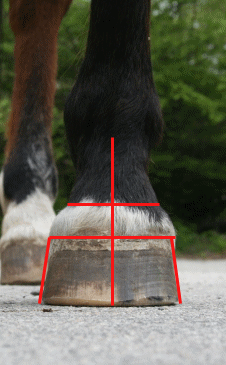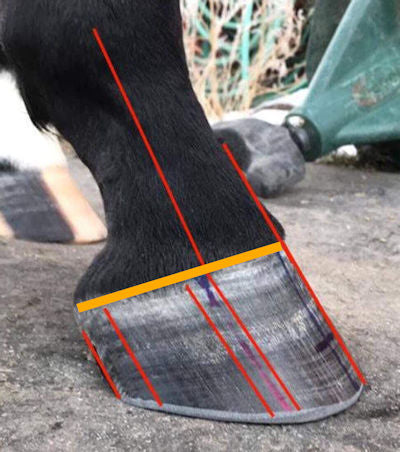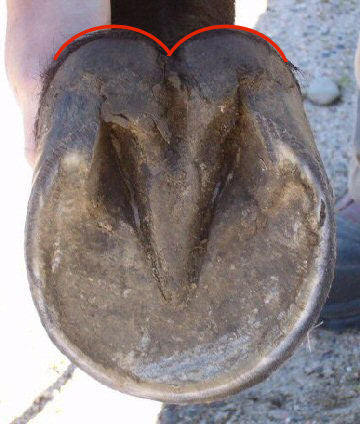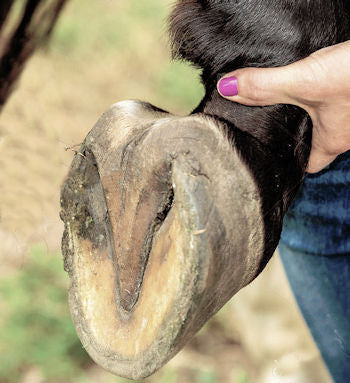
Balanced Hooves vs. Diagonally Imbalanced Hooves
Share
What is the Difference Between Balanced Hooves and Diagonally Imbalanced Hooves?
Although I've written a bit on this topic before: the-hairline-tells-it-all, I wanted to revisit the topic balancing the hooves again. Just recently, I've seen far too many examples of 'balanced' hooves being posted, yet when inspected more closely, almost all of those hooves deemed to be in 'balanced' were, in fact, diagonally imbalanced.
So, what do I mean by a Diagonal Imbalance?
This article on Penzance will clarify my points I'll go over here briefly
The main points are:
- When viewing the hoof on the same plane from the front, is the hairline level?
- When viewing the hoof and pastern on the same plane, from the front are the 'arcs' between the fetlock and the hairline the same? An exception would be given if there is any ringbone or side bone present.
- When viewing the hoof and lower limb on the same plane, from the front, is the hoof centred in the middle of the end of the P1/P2?
- When viewing the hoof and the lower limb on the same plane, from the front, are the sides of the hoof wall equal in length? Is there any flaring?

- When looking at the side of the hoof, from the same plane, do you see any waves or bulges in the hairline? This is shown in the picture below by the yellow line. The other lines also depict good balance and form.

- When looking at the back of the hoof, on the same plane, is the hairline equal on both sides of the hoof?

- When looking at the back of the hoof, on the same plane, are both heel bulbs the size size and shape?
- When looking at the bottom of the hoof, from a solar view, and laying the edge of the rasp across the toe callus, is the rasp level? Is it the same distance from the hairline on the back of the hoof on both sides?
- When looking at the bottom of the hoof, from a solar view, and laying the edge of the rasp across the heels, is the rasp level or does it slightly tilt one way or the other when comparing to the hairline in the back of the hoof?

- When looking at the bottom of the hoof, while holding the leg at the pastern, allowing the hoof to drop down slowly, does all of the sole of the hoof 'disappear' from sight at the same time?

These are all ways to determine the balance of a horse's hoof.
Diagonally imbalanced hooves can cause all sorts of issues, from limited striding to definitive lameness. All it can take is one or two mild swipes with the rasp to even and balance things out. Other times, it may take some time and close inspection between each rasping.
So the next time your horse feels 'off', especially shortly after a trim, check the balance of the hooves. My strong belief is that the horse should always move better after a good trim. If not, then there is something that needs to be tweaked with the trimming process or style.
You'd be surprised at what a tiny micro-change can do for your horse's performance!
Building a Supportive Barefoot Community
The team at Scoot Boot believe passionately in the barefoot horse and strive to build a supportive community of barefoot horse lovers.
Find more information about using Scoot Boots here.

Gwen Santagate is the author of "10 Secrets to Healthy Hooves" . For the last 37+ years, she has maintained healthy hooves with natural trimming on thousands of horses and specialized in pathological rehabilitation hoofcare for the last 18 years. She keeps a small herd of her own equines and continues to offer consults for horses in need.

